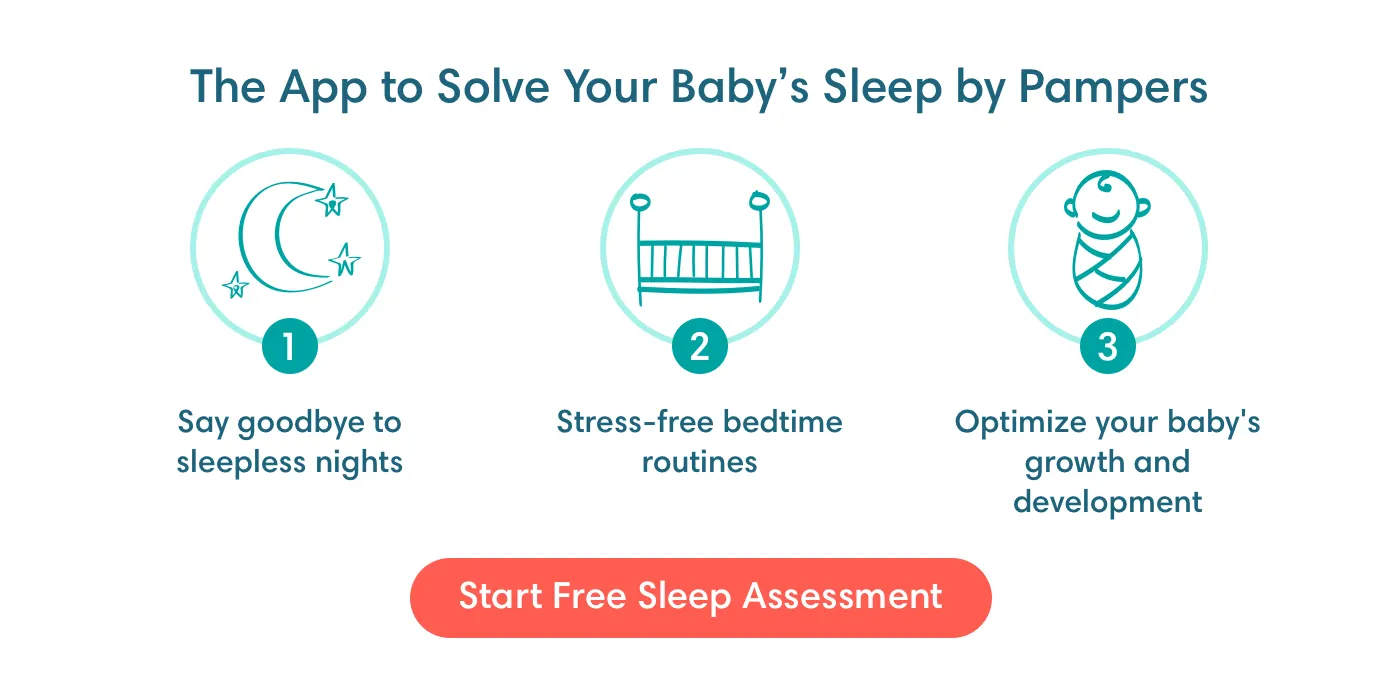When Can Your Baby Sleep With a Blanket?
As a new parent, you might have heard that it’s unsafe for babies to sleep covered in a blanket because it can increase the risk of Sudden Infant Death Syndrome (SIDS) and suffocation. It’s natural then to wonder how to keep your baby warm when sleeping and when you can safely start covering your baby with a blanket. Learn everything you need to know about this topic here.
When Can Your Baby Sleep With a Blanket?
It’s safest to wait until your child is older than 12 months to use a blanket. Until your baby turns 1, make sure her crib is empty of everything including blankets, quilts, pillows, plush toys, stuffed animals, and bumper pads. This is because any of these items can turn into a suffocation, strangulation, or entrapment hazard, and can increase the risk of SIDS. Basically, the only thing that should be in a baby's crib is a firm crib mattress covered by a tightly fitted sheet.
What to Use Instead of a Blanket?
To keep your baby at the right temperature (not too hot, not too cold) during naps and nighttime sleep, a good rule of thumb is to dress him in no more than one layer than you would be wearing or sleeping in. This garment could be a sleeping sack, baby gown, footed sleeper, or pyjamas. You could also swaddle your baby during the first few weeks and months. This technique involves wrapping up your little one in a thin, lightweight receiving blanket, which some babies find very comforting, and placing him on his back. Stop swaddling when you see signs that your baby is trying to roll over, which can start as early as 2 months of age.
How Should You Dress Your Baby for Sleep?
Here are some tips for dressing your baby for sleep:
For cooler temperatures, you may need to dress your baby in several layers of clothing. Start with diapers and an undershirt, and then add pyjamas, a baby gown, or a footed sleeper. If a final layer is needed, swaddle him in a receiving blanket or use a sleeping sack.
When it's warm, it’s best to dress your baby in just one layer, which could be just her diaper and an undershirt, for example.
Make sure your baby’s room temperature is cool but comfortable. Watch for signs that your baby may be too hot, such as sweating, damp hair, heat rash, flushed cheeks, or rapid breathing. If that’s the case, you’ll want to remove a layer.
Reducing the Risk of SIDS
Covering your baby with a blanket before the age of 1 can increase the risk of SIDS, which is why experts recommend only introducing a blanket after this age. There’s more you can do to reduce the risk of SIDS: Put your baby to sleep on his back for every sleep, including naps. Make sure that your baby sleeps in a crib with a firm crib mattress covered by a tight-fitting sheet. Nothing else should be in the crib—no blankets, quilts, pillows, plush toys, or bumper pads. If during sleep your baby happens to shift onto her side or roll over onto her stomach, go ahead and reposition her onto her back, unless she is able to roll over both ways by herself.
FAQS AT A GLANCE
It’s the safest to wait until your baby is older than 12 months before allowing her to sleep with a blanket.
The Bottom Line
It’s crucial to follow safe sleep practices with your baby, and this includes not using a blanket until he hits the age of 1. You can start introducing the use of a blanket, and possibly even a stuffed animal or security blanket as a transitional object, after the first 12 months have passed. Until then, there are plenty of ways to keep your baby nice and warm at night. For example, you can swaddle your newborn in the early weeks (until she starts trying to roll over) or you can add another layer of clothing, such as a footed sleeper or a sleeping sack.
The information in this article is based on the expert advice found in trusted medical and government sources, such as the American Academy of Pediatrics and the American College of Obstetricians and Gynecologists. You can find a full list of sources used for this article below. The content on this page should not replace professional medical advice. Always consult medical professionals for full diagnosis and treatment.


![[CA] WSD 2 - Mom and baby World Sleep Day 2](https://images.ctfassets.net/2ql69mthp94m/7scfzoeyj6q7AgwnsCoMZz/29e577f04e1fa9a8f8bba611b0eeadef/WSD_-_Desktop_-_Mum_and_baby.png?fm=webp&q=70)